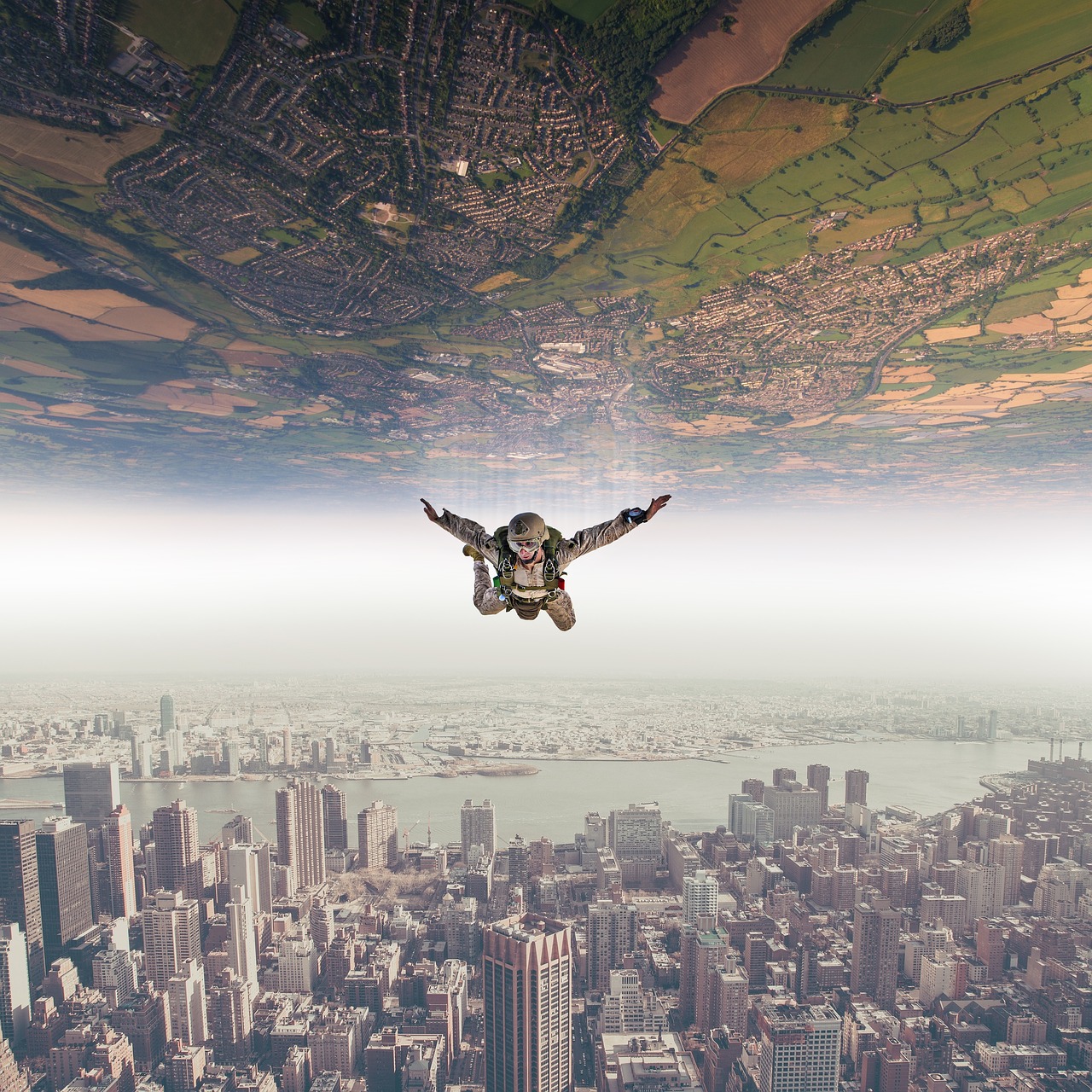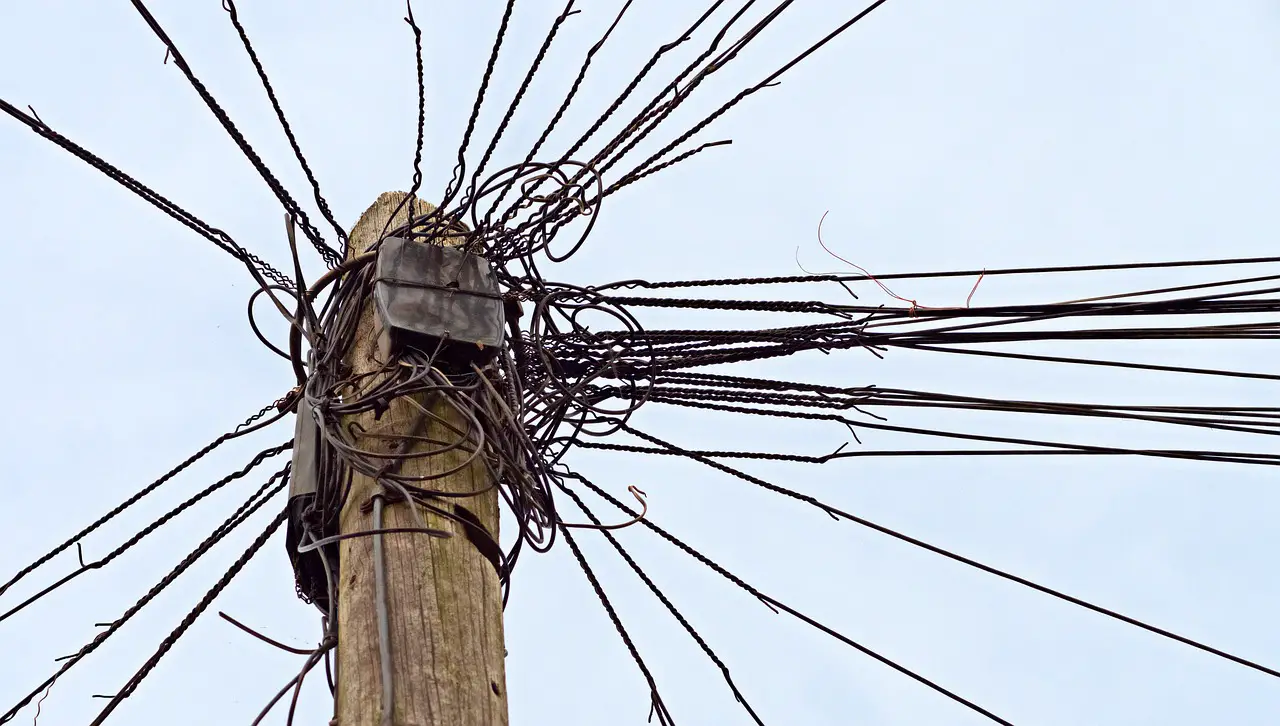
Go to any radiology forum, and you will see an ongoing battle. Everyone wants to prove their point that where they work is the best. Some vouch for working in an urban radiology setting, and others espouse the benefits of working out in the middle of “nothing and nowhere.” Either way, I’m sure there are merits to both. But, let’s pick this topic apart and check out the overall best place to work for the average radiologist resident that is thinking about looking for their first attending job? To do so, we will enumerate and describe the main advantages and disadvantages of each of these choices. In the end, let’s look at the evidence and conclude as to which one is the most desirable outcome!
Rural Radiology
Advantages
More Benefits/Money
Indeed, this perk is the one everyone hears about the most. The farther away from civilization, the more money that most physicians make. And, why is that? Usually, hospitals need to supplement your salary to get you to work there! Nevertheless, it is a fact, and you can use it to your advantage in the outback!
Slower Pace
Everything work-related crawls at a slower pace in rural radiology. You are simply not going to see those crazy enthesioblastomas as often as you might like. On the other hand, because you are not a tertiary referral center, you can scroll the cases at twice the speed since they are much less fraught with complications.
Less Competition
Typically, you don’t need to vie for every patient and every dollar. The subsequent radiologist may be as far as 500 miles from you. So, you just don’t need to worry. You’ve just gained a few anti-stress points and lost a few pounds right there!
Nicer More Open Facilities
In the rural world, land and buildings are generally cheaper. So, you may notice larger and more modern reading rooms, better IR suites, and more well-designed hospitals in general. Lower costs for facilities usually mean more space for you.
Fresh Air
You probably know that smell when you walk outside into the natural world. Simply put, there is much less soot and grime in the air. So, all the flowers and pollen are hitting your sensory receptors as soon as you walk out the door. But, it is true. Your nose will know the difference when you work in a rural environment. And, you will gain a few extra years of life too!
Appreciative Patients
When medical resources are more scarce, patients tend to be more appreciative. You have a better shot at receiving a box of chocolates every year for your services. What you do is hypercritical in a place where fewer physicians work.
Mixed Results/Depends
You Do More Of Everything
Plus or minus. You may get to do more. Now, this may float your boat. Or it may be a cause for your concern. Either way, you will more likely be doing the arthrograms even though you are not an MSK-trained radiologist. Or you will read the mammo, even though you are not breast imaging trained. It’s part of the rural expectations!
Disadvantages
Less Collaboration
Fewer physicians mean less collaboration. That’s just how the math works. Also, it may be a little bit harder to get other expert opinions from your colleagues and your fellow specialists because they just don’t exist. Something to consider before you start a rural radiology career.
Loneliness,
For some folks, family is everything. And, when you live rurally, you have to consider that you may not have your usual family support structure. If you expect the in-laws to come by to help out with the baby, it is unlikely that will happen too often. Just something to think about when you decide to work rurally.
Different/Lack of Cultural Activities
You will not find as much theater and opera out in El Ranchero. But, you may have an excellent Strawberry festival! You just have to have expectations that you will have to travel to get some of the cultural activities you might expect in a large city.
Urban Radiology
Advantages of Urban Radiology
Culture
Some rads love the option to go out and watch the newest incarnation of West Side Story with the most famous actors and actresses. Others not as much. In any case, you will have more cultural options for all these activities.
Restaurants
If you like to eat out, the city is just a better environment. You have much more to choose from. And, you can have your Ethiopian fix (I like that cuisine!) and your Afghan meal for the next. It is just more readily available.
More Physicians/Collaboration
More people means more collaboration. You will have more subspecialists at your fingertips to contact and bounce ideas. It often helps when the cases are more complicated. Second opinions sometimes can be a lifesaver.
More Prestige
Larger cities and larger hospitals offer more powerful titles and sometimes more national/international respect. Working at Mass General does mean something to many other physicians and patients. Your name may carry more weight in the big city if you are into prestige.
Better High End/Tertiary Care
If you need treatment for rare diseases, most patients need to go to the big city. These places tend to be hotbeds of research and new therapies and diagnostic tools. The city is the place to be for this work.
Disadvantages Of Urban Radiology
Decreased Pay And Benefits
With all of these perks come the decreased pay because of the desirability of the location. This factor is more pronounced if you decide on a partnership track somewhere. These imaging businesses can afford to pay their radiologists less because they will come anyway!
Increased Competition In Urban Radiology
More physicians mean more competition for every dollar earned. You can’t just build a new imaging center and expect patients to come. Why can’t they get imaged at the business down the street instead?
Higher Living Expenses
Along with lower pay comes higher living expenses. Costs in cities like New York and San Francisco are out of control. And, even as a physician, the economy may force you to rent. Those Benjamins just don’t go anywhere near as far with those high housing and food costs.
Less “Outdoor” Activities
Cities are more conducive to the museums and theaters but less so to hiking up a beautiful green mountain somewhere. For you, that fact may be a game-changer.
So, Who Wins The War- Rural Or Urban Radiology?
Sorry. But, not every location will float everyone’s boats. However, I can say the following. Consider the rural job if you have significant debt because the cost of living can outweigh almost any other advantages of living in the city. The expenses alone will cause you to delay any such hope of financial freedom. Otherwise, find a place that will suit your needs for a long-term relationship. And that can be either rural or urban depending on your family and personality. Just remember. Weigh the pros and cons!









